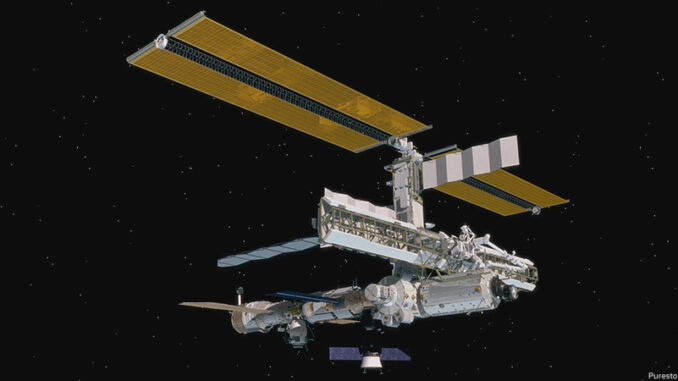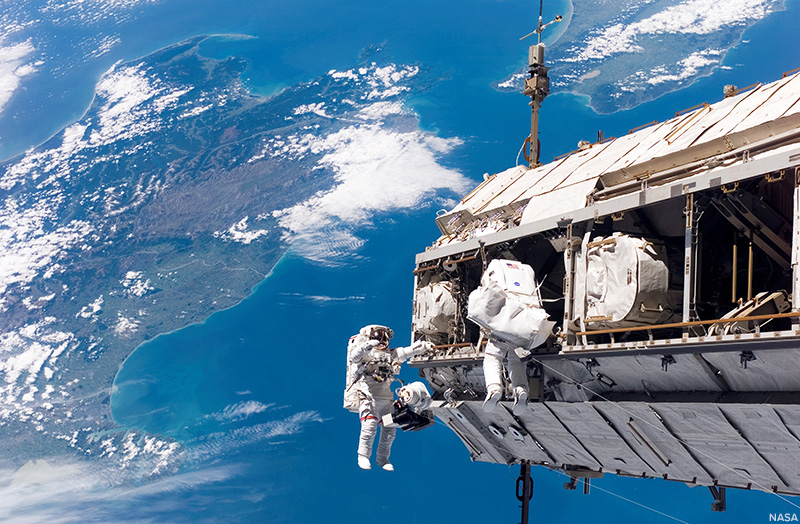
Last year, btw brought you news of the launch of the longest-ever consecutive space mission. The two-man mission was made up of Russian Cosmonaut, Mikhail Komiyenko and American Scott Kelly. They were gone for nearly a year (340 days), traveled a total of 143,846,525 miles (circling the earth 5,440 times), and return-landed via parachute in Kazakhstan on March 1.

In the Air
Komiyenko and Kelly took off from Russia’s Baikonur Cosmodome on March 27, 2015 and traveled to the International Space Station (ISS). There, they joined the crew of Expedition 43 (and remained aboard while the crews changed three times). For the next year, the crew conducted several hundred experiments and collected data. Many of the studies involved the effects of a “micro-g environment” (the absence of gravity) on the human body. Prolonged space travel exposes astronauts to significantly higher levels of radiation than we do on earth, which can lead to lowered immunity. Being weightless for a long period of time can also lead to negative physiological concerns, such as loss in muscle mass and a redistribution of fluids throughout the body. Living in space can also have negative psychological effects are well.
Kelly took hundreds of photographs that he regularly shared on social media. They include unique shots of sunrises and sunsets, as well as severe weather like snowstorms and hurricanes. He was also able to keep in close contact with Mission Control and even communicated with President Obama.
On the Ground
After landing, Komiyenko and Kelly traveled to NASA headquarters in Houston, Texas. Kelly was joined by his identical brother, Mark who is also an astronaut. Because they share DNA, Mark was the perfect “control subject” for his brother. Tests to measure the changes in both men over the past year were conducted by the NASA’s Human Research Program (HRP). The project, named the Twins Study, is made of up 10 individual investigations and involves the assistance of 12 universities. Teams of researchers are currently compiling and analyzing the data, the results of which could take several months to a few years to publish.
What’s Next?
NASA has said that the aim of this study is to prepare in sending humans to Mars in the future. A round-trip mission to the Red Planet (around 140 million miles away from earth) will take an estimated three years. To date, NASA has collected nearly 15 years worth of data. The short-term goal is for humans to be able to make an orbit around Mars by the 2030s.
Shortly after returning home, Kelly announced that he will retire. (His brother Mark retired shortly after wife, former Congresswoman Gabrielle Gifford, suffered an assassination attempt in 2011.) Both men, however, will continue to participate in research related to the Twins Study.
